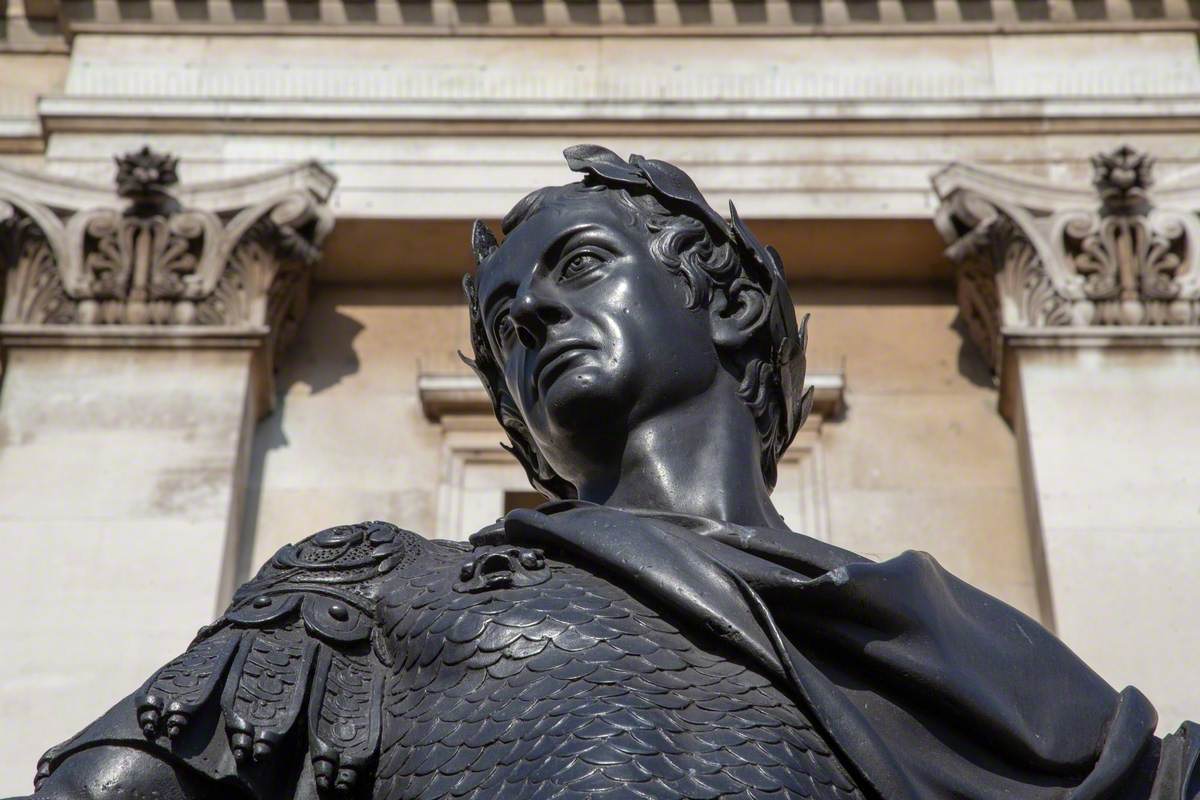
The King James II statue is a fascinating landmark that holds a significant place in history. Situated in the heart of London, this statue stands as a reminder of the reign of King James II, a monarch who ruled England, Scotland, and Ireland from 1685 to 1688. But there’s much more to this statue than meets the eye. In this article, we will delve into 15 mind-blowing facts about the King James II statue, shedding light on its origins, symbolism, and historical context. From its intricate design to the controversies surrounding its existence, this iconic landmark has a rich and captivating story to tell. So, let’s embark on a journey to explore the hidden secrets and fascinating details of the King James II statue.
Key Takeaways:
- The King James II statue in Trafalgar Square is a 300-year-old symbol of British heritage, surviving fires and relocations, and attracting tourists from around the world.
- With its regal depiction of King James II and intricate engravings, the statue stands as a historical and cultural centerpiece in London, witnessing public events and serving as a popular meeting point.
The King James II statue stands proudly in Trafalgar Square.
The imposing bronze statue of King James II can be found in the heart of London at the iconic Trafalgar Square. It serves as a historical tribute and a focal point for visitors and locals alike.
The statue was erected in 1686.
Over three centuries old, the King James II statue was commissioned during the reign of James II himself. It was designed to commemorate his reign and commemorate his contributions to the nation.
The statue depicts King James II in regal attire.
Standing at an impressive height, the statue portrays King James II wearing royal robes with intricate details. It showcases his powerful presence and symbolizes his authority.
The statue survived the Great Fire of London.
Remarkably, the King James II statue withstood the devastating Great Fire of London in It remained intact and serves as a testament to the endurance and resilience of the monument.
The base of the statue features intricate engravings.
Take a closer look at the base of the King James II statue, and you’ll discover beautifully crafted engravings depicting significant moments from King James II’s reign. These intricate details add to the historical significance of the monument.
The statue has undergone restoration work.
Throughout the years, the King James II statue has undergone restoration to maintain its pristine condition. Skilled craftsmen have meticulously cleaned and repaired the statue, ensuring its longevity for future generations.
The King James II statue was relocated to Trafalgar Square in 1896.
Originally situated at the Palace of Whitehall, the statue was moved to its current location in Trafalgar Square in The relocation aimed to provide a more prominent and accessible position for the public to appreciate the historical significance of the monument.
The statue commemorates King James II’s reign.
As the name suggests, the King James II statue serves as a monument to honor and remember the reign of King James II. It represents an important period in British history and celebrates his contributions to the nation.
The statue is a popular meeting point.
Trafalgar Square and the King James II statue have become synonymous with meeting spots for Londoners and tourists. Its central location and prominent stature make it a convenient landmark for gatherings and rendezvous.
The King James II statue has historical significance.
Beyond its aesthetic appeal, the King James II statue holds great historical significance. It stands as a reminder of the events and figures that shaped the nation, making it an essential part of London’s historical landscape.
The statue has witnessed numerous public events.
Standing tall in Trafalgar Square, the King James II statue has witnessed countless public events over the years. From protests and celebrations to cultural gatherings, it has been a silent observer to the changing times.
The statue exemplifies baroque-style sculpture.
The King James II statue is an excellent example of baroque-style sculpture with its intricate details and elaborate craftsmanship. It showcases the artistic style popularized during the 17th century.
The King James II statue is surrounded by iconic landmarks.
Trafalgar Square, where the King James II statue is located, is surrounded by some of London’s most famous landmarks, such as the National Gallery and Nelson’s Column. It forms part of a cultural hub that attracts millions of visitors each year.
The statue attracts tourists from all over the world.
Due to its historical significance and central location, the King James II statue attracts tourists from around the globe. Visitors come to appreciate its beauty, learn about King James II, and capture memorable moments against the backdrop of this iconic monument.
The King James II statue is a symbol of heritage and pride.
The King James II statue represents a symbol of British heritage and serves as a source of national pride. It stands as a reminder of the country’s rich history and the enduring legacy of its past rulers.
In conclusion, the King James II statue in Trafalgar Square is a captivating monument with a rich history. Its presence adds to the cultural and historical significance of London, attracting visitors from all corners of the world. As one admires this impressive statue, they are transported back in time to an era when King James II made his mark on the nation. The King James II statue stands tall, embodying the spirit of heritage and pride that define the United Kingdom.
Conclusion
The King James II statue is not just a symbol of royalty, but a fascinating historical landmark with its own share of intriguing facts. From its creation to its restoration, the statue holds a significant place in history. Its imposing presence and grandeur continue to captivate visitors from around the world. Whether you’re a history buff or simply fascinated by landmarks, the King James II statue is a must-see attraction that will leave you in awe.
FAQs
1. Who commissioned the King James II statue?
King William III commissioned the statue in 1686 in honor of his father-in-law, King James II.
2. Why was the King James II statue controversial?
The statue became controversial due to its association with King James II, who was overthrown during the Glorious Revolution. Many people have debated its significance and whether it should remain standing.
3. Is the King James II statue made of bronze?
Yes, the statue is made of bronze, which adds to its durability and gives it a rich, elegant appearance.
4. How tall is the King James II statue?
The statue stands at an impressive height of 12 feet, making it one of the largest royal statues in the country.
5. When was the King James II statue restored?
The statue underwent a restoration process in 2019 to preserve its historical significance and ensure its longevity for future generations to admire.
The King James II statue's fascinating history captivates visitors, but there's more to explore in the realm of public art, English history, and 17th-century life. Discover the intriguing Sibelius Monument, a masterpiece of modern sculpture that pushes boundaries. Uncover surprising facts about Bede, a pivotal figure who shaped our understanding of early medieval times. Step back into the world of Pilgrims and learn about their daily struggles, triumphs, and enduring legacy. Each topic offers a unique glimpse into the past, waiting for curious minds to unravel their secrets.
Was this page helpful?
Our commitment to delivering trustworthy and engaging content is at the heart of what we do. Each fact on our site is contributed by real users like you, bringing a wealth of diverse insights and information. To ensure the highest standards of accuracy and reliability, our dedicated editors meticulously review each submission. This process guarantees that the facts we share are not only fascinating but also credible. Trust in our commitment to quality and authenticity as you explore and learn with us.


